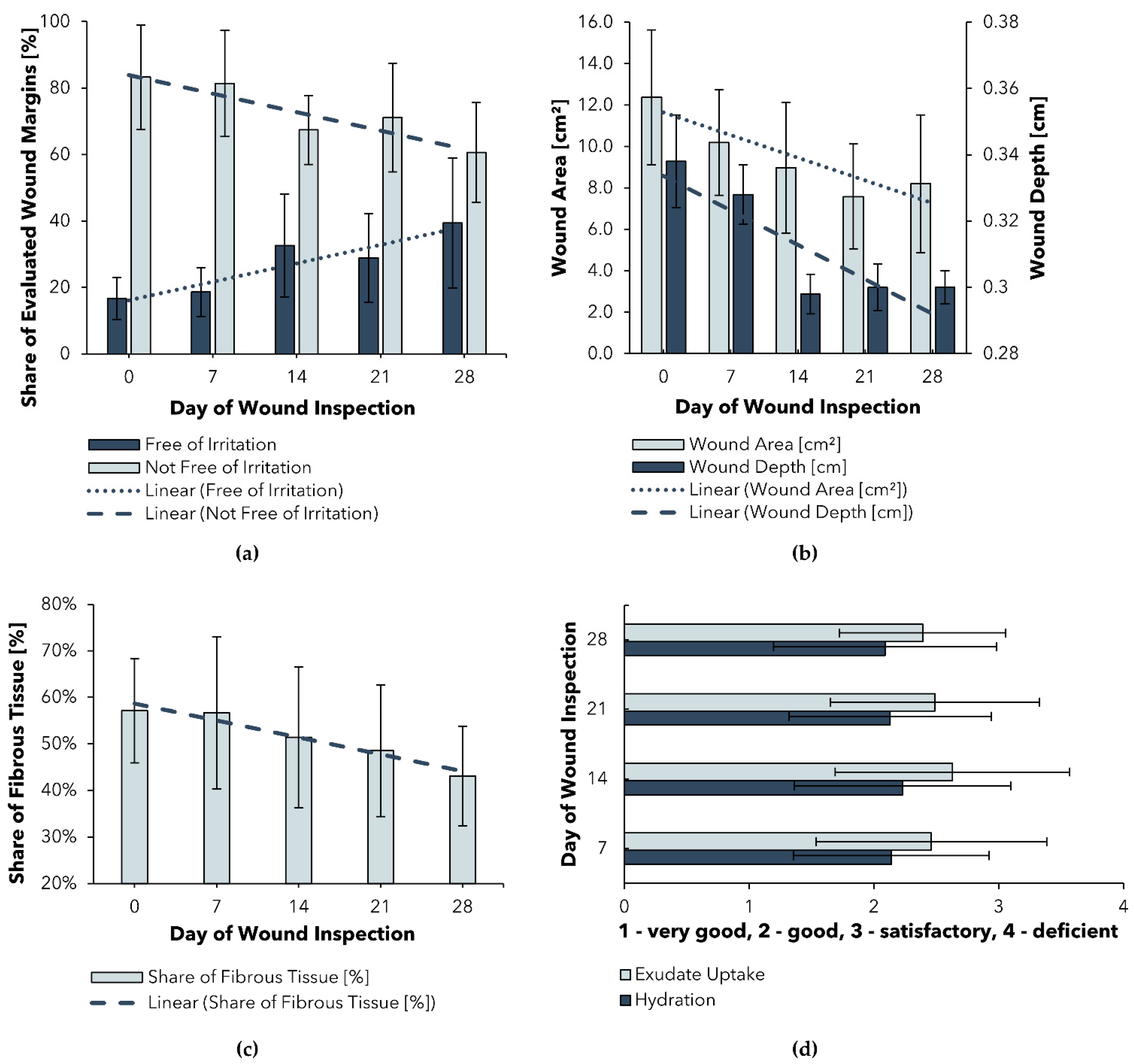Bacterial Cellulose – Adaptation of a Nature-Identical Material to the Needs of Advanced Chronic Wound Care

Modern wound treatment calls for hydroactive dressings. Among the variety of materials that have entered the field of wound care in recent years, the carbohydrate polymer bacterial cellulose (BC) represents one of the most promising candidates as the biomaterial features a high moisture-loading and donation capacity, mechanical stability, moldability, and breathability. Although BC has already gained increasing relevance in the treatment of burn wounds, its potential and clinical performance for “chronic wound” indications have not yet been sufficiently investigated. This article focuses on experimental and clinical data regarding the application of BC within the indications of chronic, non-healing wounds, especially venous and diabetic ulcers.
A recent clinical observation study in a chronic wound setting clearly demonstrated its wound-cleansing properties and ability to induce healing in stalling wounds. Furthermore, the material parameters of BC dressings obtained through the static cultivation of Komagataeibacter xylinus were investigated for the first time in standardized tests and compared to various advanced wound-care products. Surprisingly, a free swell absorptive capacity of a BC dressing variant containing 97% moisture was found, which was higher than that of alginate or even hydrofiber dressings. We hypothesize that the fine-structured, open porous network and the resulting capillary forces are among the main reasons for this unexpected result.
Continue reading here
About this article: Zahel, Paul, Uwe Beekmann, Thomas Eberlein, Michael Schmitz, Oliver Werz, and Dana Kralisch. 2022. “Bacterial Cellulose—Adaptation of a Nature-Identical Material to the Needs of Advanced Chronic Wound Care” Pharmaceuticals 15, no. 6: 683. https://doi.org/10.3390/ph15060683
Materials
The commercially available wound dressings tested in in vitro tests included BC dressing epicitehydro (QRSKIN GmbH, Würzburg, Germany) (BC_A), bacterial cellulose dressing Suprasorb® X (XBC), calcium alginate dressing Suprasorb® A (ALG), and gel dressing Suprasorb® G (GEL), all by Lohmann & Rauscher GmbH & Co. KG (Neuwied, Germany); polyurethane foam dressing ALLEVYN Gentle (FOAM_1) by Smith & Nephew Medical Ltd. (Hull, UK); soft silicone foam dressing Mepilex® (FOAM_2) by Mölnlycke Health Care AB (Göteborg, Sweden); hydrocolloid dressing (HC) Hydrocoll® (PAUL HARTMANN Limited, Heywood, UK); and sodium carboxymethylcellulose dressing Aquacel® Extra™ (CMC) by ConvaTec Limited (Flintshire, UK). Sodium chloride was purchased from VWR Chemicals (Radnor, PA, USA). Calcium chloride dihydrate was obtained from Merck KgaA (Darmstadt, Germany) and gelatin 180 bloom was purchased from Carl Roth GmbH + Co KG (Karlsruhe, Germany).

